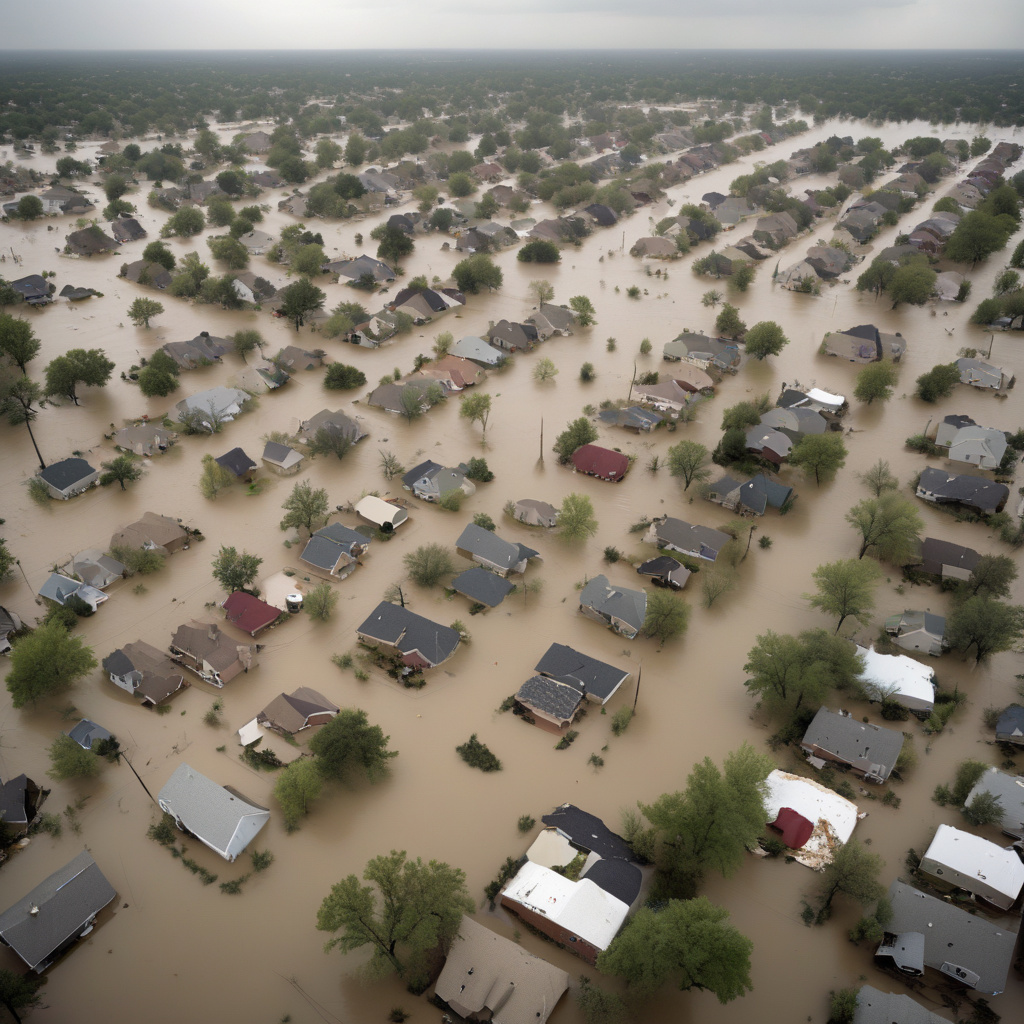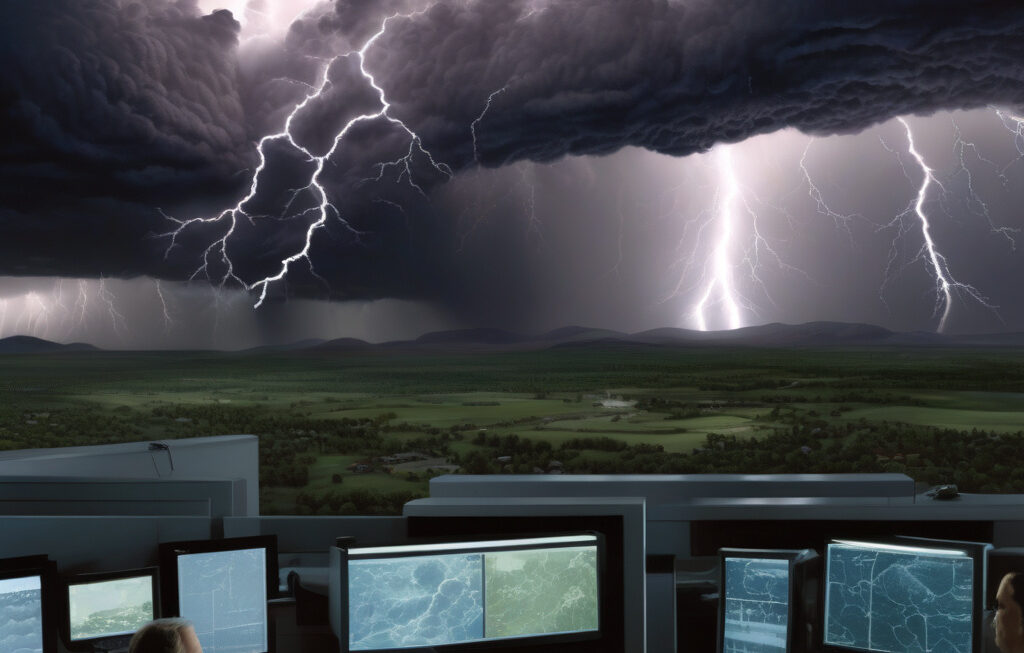US: Forecast Failure Blamed for Tragic Texas Floods that Left Over 80 Dead
Texans are reeling from one of the deadliest natural disasters in recent history, as flash floods ravaged communities, leaving a trail of destruction and claiming over 80 lives. The catastrophic event has prompted a critical examination of the forecasting mechanisms in place to alert residents and authorities of impending dangers, raising concerns about the efficacy of current systems in the face of increasingly unpredictable weather patterns.
The Texas floods serve as a stark reminder of the devastating impact that extreme weather events can have on both lives and infrastructure. As climate change accelerates, the frequency and intensity of such disasters are expected to rise, posing a significant challenge for disaster management agencies and communities at large. In this context, accurate and timely forecasting becomes not just a matter of convenience, but a critical component of public safety and disaster preparedness.
The failure of existing forecasting models to predict the severity of the Texas floods has sparked debate among meteorologists and policymakers about the need for more sophisticated tools and technologies to enhance predictive capabilities. While meteorological science has made significant advancements in recent decades, including the use of satellite imagery, computer modeling, and data analytics, the inherent complexity of weather systems continues to present challenges in accurately forecasting extreme events.
One of the key issues highlighted by the Texas floods is the limited lead time available to warn residents of imminent danger. Flash floods, in particular, can occur rapidly and with little warning, leaving communities with minimal time to evacuate or take preventive measures. In the case of Texas, residents were caught off guard by the sudden deluge, underscoring the need for improved early warning systems that can provide timely and actionable information to those at risk.
In response to the shortcomings exposed by the Texas floods, meteorological agencies and researchers are exploring innovative approaches to enhance forecasting accuracy and lead time for extreme weather events. Artificial intelligence (AI) and machine learning technologies, for instance, hold promise in analyzing vast amounts of data to identify patterns and trends that may elude traditional forecasting methods. By leveraging AI algorithms to process real-time data from various sources, meteorologists can potentially improve the predictive power of their models and provide more reliable forecasts to the public.
Furthermore, the integration of Internet of Things (IoT) devices and sensors in weather monitoring systems offers new opportunities to gather localized data and enhance the granularity of forecasting efforts. By deploying IoT-enabled devices in flood-prone areas, for example, authorities can collect real-time information on water levels, rainfall intensity, and other critical variables to better anticipate and respond to impending floods. This data-driven approach not only enhances the accuracy of forecasts but also enables more targeted and effective emergency response measures.
In conclusion, the tragic Texas floods serve as a wake-up call for the urgent need to reevaluate and strengthen our forecasting capabilities in the face of escalating climate risks. By embracing cutting-edge technologies and innovative strategies, we can enhance our ability to predict and mitigate the impact of extreme weather events, ultimately safeguarding lives and livelihoods in the increasingly volatile world we inhabit.
forecasting, Texas floods, climate change, disaster management, innovative technologies












